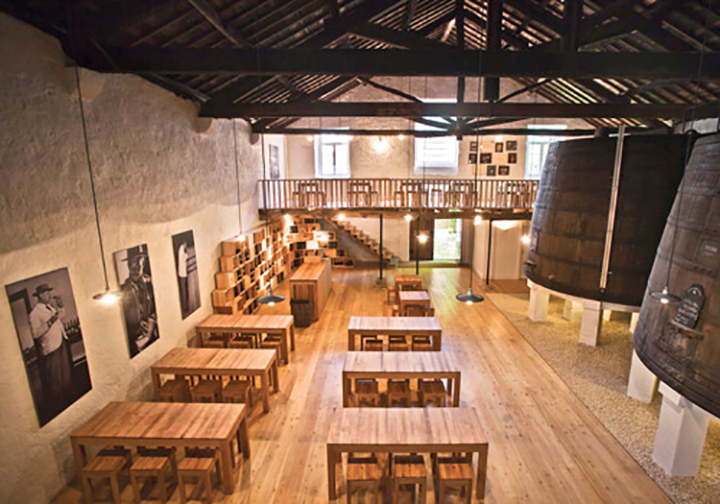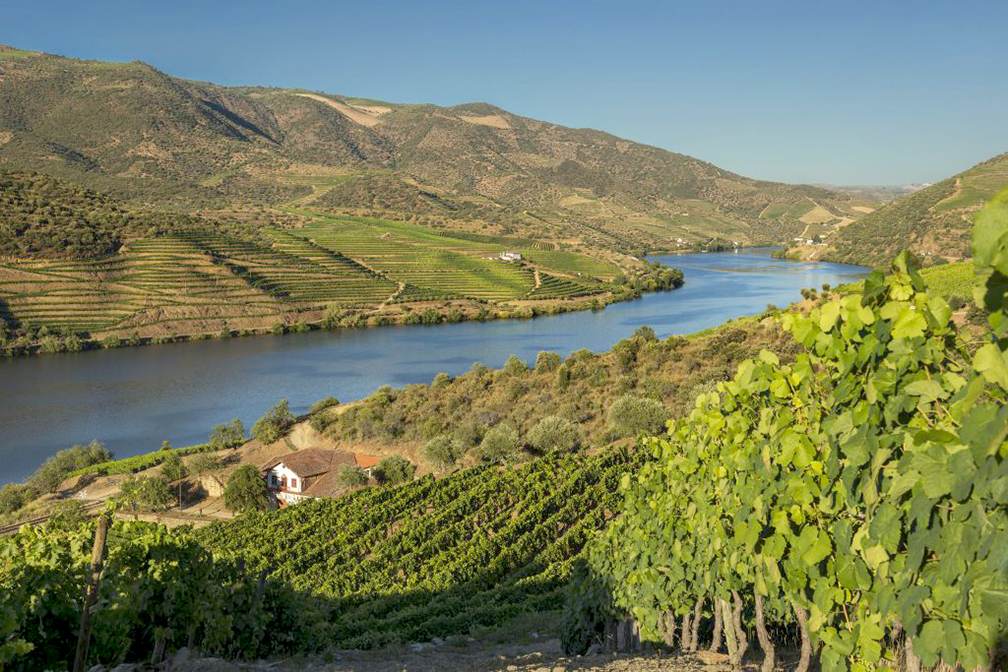Deep garnet color; red cherry, strawberry, red plum on the nose; plum, blackberry, cherry, blueberry, chocolate, vanilla, caramel on the palate.
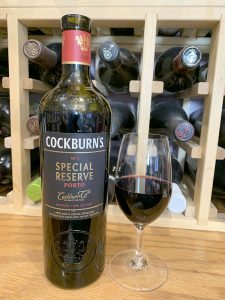
Rich, fruit-forward in the mouth. Smooth, velvety texture. Ripe tannins mellowed by four-to-six years in oak barrels—since reserve port is blend of vintages, the length of time components of this wine spent in barrel differs. Good acidity balances the sweetness of the wine. Round. Medium-long finish includes pinch of pepper. 20% ABV.
Ports are sweet, fortified wines made in Portugal. The grapes come from vineyards along the Douro River in the hot areas in the Douro Valley, away from the Atlantic, almost to the Spanish border (the Douro flows into Portugal after winding its way through much of central Spain; it is the third-longest river in the Iberian Peninsula). The wine is made in “lodges” in the town of Vila Nova de Gaia, across the Douro from the port city of Porto, after the juice is shipped in barges down the river.
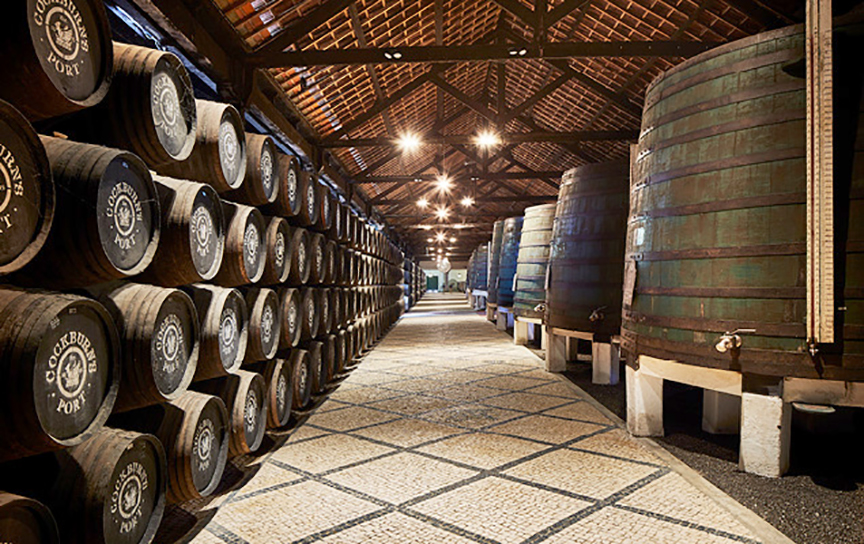
Fermentation starts, but when the alcohol level reaches six to nine percent, brandy is added, which stops fermentation because the alcohol kills the yeast. Stopping fermentation preserves the sweetness and fruitiness of the grapes. The brandy increases the alcohol level to around 20% ABV. While port is sweet, tannins and acidity bring balance to the wine, so this is sweet dessert wine but is not cloyingly sweet.
Ports are a blend of variety of Portuguese grapes, typically even the winemaker does not know the exact blend since many vineyards are field blends. Cockburn lists this as a blend of tinta cão, touriga nacional, tinta roriz, tinta barroca. All grapes come from Cockburn’s vineyards at Quinta dos Canais in the heart of the Douro Superior, the easternmost grape region on the Douro.
Cockburn’s created the Special Reserve Port category in 1969 to bridge the gap between fine ruby port—the youngest port with two years or so of aging, not all in wood—and vintage port—the oldest port made with the best grapes. The move paid off; Cockburn’s Special Reserve Port is the world’s most popular reserve port.
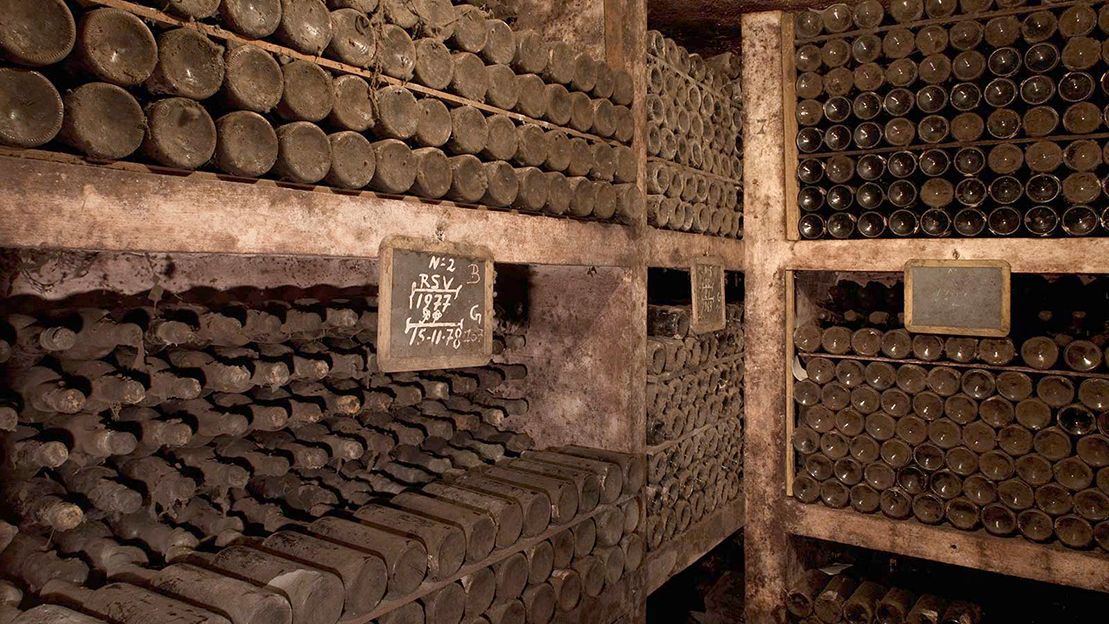
The Cockburn’s story begins when Scotch brothers Robert and John Cockburn, successful wine merchants in Leith, Scotland, near Edinburgh, set up a branch of their firm, R&J Cockburn’s, in Porto, Portugal. The family successfully ran the firm well into the 20th century, while other families joined the firm. By the early 20th century, Cockburn’s Vintage Ports commanded the highest prices of any port house. In 2006, the Symington family acquired full control of Cockburn’s, putting Cockburn’s back under the control of a single family.
Symington Family Estates is the unquestioned world leader in Porto and Madeira wines. The company was founded by Andrew James Symington, who arrived in Oporto from Scotland in 1882. He initially joined Graham’s. In 1905 he was a partner in Warre & Co and in 1912 a partner in Dow’s Port. In 1970, the family bought both Graham’s and Smith Woodhouse. In 1989 the family became a partner in the Madeira Wine Company, at that time controlled by the Blandy family. They now control Cockburn’s, Graham’s, Warre’s, Dow’s, Smith Woodhouse, Gould Campbell, Quarles Harris, and Martinez—by far the strongest Porto portfolio in the world. They have the largest vineyard ownership in the Douro. Symington’s Madeira holdings include Blandy’s, Cossart Gordon, Leacock’s, and Miles—making them a major player in Madeira wine.
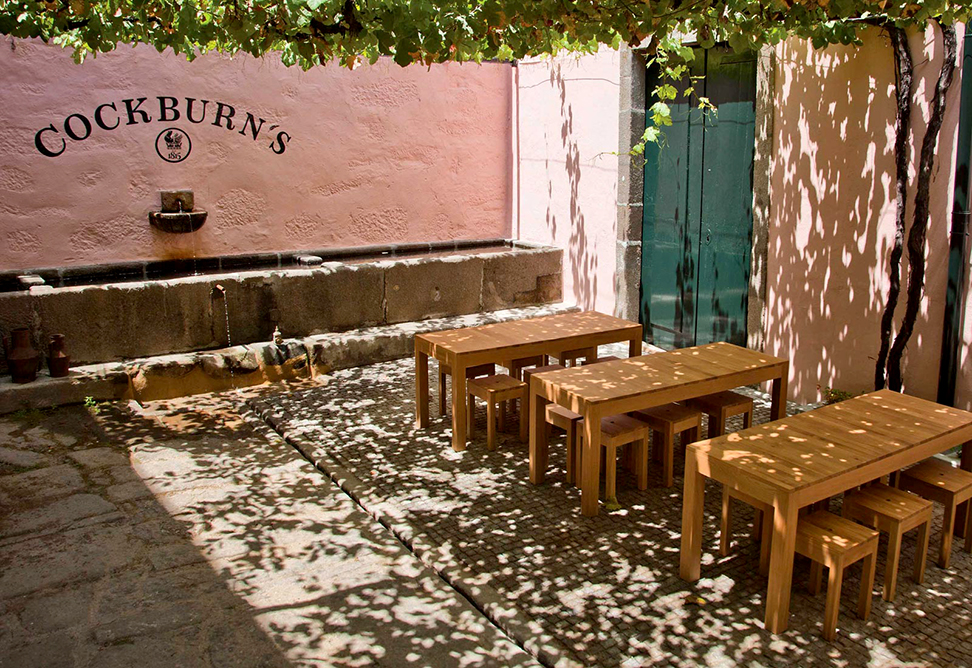
Cockburn’s No. 1 Special Reserve Porto NV is delicious and approachable dessert wine made by the inventor of the Special Reserve category. This is the world’s most popular special reserve premium port. Serve it slightly chilled. It can especially work slightly chilled—you can even pour it on ice—in warmer weather. I prefer it straight, no ice. This stars as a dessert wine enjoyed on its own. Pair with beef dishes; blue cheese; mature and hard cheese; roasted figs; chocolate and chocolate desserts; nutty deserts. $18-20
